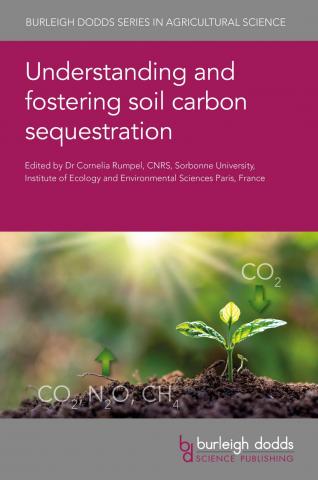Soils are known to be an enormous reservoir of carbon and represent an important and dynamic part of the global carbon cycle. However, this reservoir is under constant threat due to a combination of issues, including mismanagement, climate change and intensive agricultural production which has led to depletion of soil organic carbon.
Understanding and fostering soil carbon sequestration reviews the wealth of research on important aspects of soil carbon sequestration, including its potential in mitigating and adapting to climate change and improving global food security. The collection explores our understanding of carbon sequestration in soils, detailing the mechanisms and abiotic factors that can affect the process, as well as the socioeconomic, legal and policy issues that can arise as a result of this use.
In its extensive exploration of soil carbon cycling and capture, the book highlights how an informed understanding of carbon sequestration in a variety of soil types can contribute to achieving a more sustainable agriculture, as well as the methods which can be implemented by farmers to optimise the process of fostering carbon in soils.
Key features
- Highlights the increasing role of soils as an important and dynamic part of the global carbon cycle and their potential role in counteracting increasing atmospheric CO2 concentrations
- Explores key aspects of soil carbon sequestration in different environments and soil types
- Provides a comprehensive review of socioeconomic, legal and policy issues surrounding the adoption of soil carbon sequestration practices across the globe



